Steering the world of retirement planning can feel like maneuvering a ship through foggy waters. As a dentist, you've got unique financial needs that warrant careful consideration of tax-advantaged retirement plans. From the flexibility of Solo 401(k)s to the immediate benefits of SEP IRAs, each option offers distinct advantages that could greatly impact your financial future. By exploring these possibilities, you can make certain that your practice not only thrives today but also secures a comfortable tomorrow. What's the most suitable path for your practice? Let us unpack these options together.
Key Takeaways
- Solo 401(k): Ideal for sole proprietors, allowing contributions up to $69,000, with options for pre-tax or Roth savings.
- SEP IRA: Offers tax-deductible contributions up to 25% of income, with minimal administrative duties, perfect for busy dental practices.
- Profit-Sharing Plans: Enables flexible profit-sharing with employees, contributing up to 25% of compensation or a maximum of $66,000 annually.
- Defined Benefit Plans: Guarantees specific retirement payouts, suitable for older dentists, allowing contributions up to $275,000 annually, ensuring predictable retirement income.
- Health Savings Accounts (HSAs): Provides tax-deductible contributions for medical expenses, with limits of $3,850 for individuals and $7,750 for families in 2023.
Solo 401(k) Plans

If you're a sole proprietor or small business owner in dentistry, a Solo 401(k) plan could be your best option for maximizing retirement savings.
This retirement savings vehicle allows you to contribute as both employer and employee, considerably enhancing your savings potential. For 2023, you can contribute up to $22,500, plus a catch-up contribution of $7,500 if you're 50 or older, totaling up to $69,000.
The Solo 401(k) offers flexibility; you can lower your taxable income with pre-tax contributions or enjoy tax-free withdrawals later through Roth options.
Plus, with loan provisions, you can access your savings if needed. Engaging in solid financial planning with a Solo 401(k) guarantees your future is secure.
Simplified Employee Pension (SEP) IRA
For dentists seeking a straightforward and flexible retirement savings option, a Simplified Employee Pension (SEP) IRA is an excellent choice.
With a SEP IRA, you can contribute up to 25% of your income or a maximum of $66,000 for the 2023 tax year, making it a flexible option for your retirement savings. Contributions are tax-deductible, providing immediate tax benefits that can greatly reduce your taxable income.
Plus, there are minimal administrative requirements, perfect for busy dental practice owners like you. While all eligible employees must receive equal contributions, if you're the sole employee, you can choose to contribute just for yourself.
This flexibility allows you to adapt your contributions based on your practice's cash flow and profitability.
Profit-Sharing Plans

While structuring a retirement plan for your dental practice, consider the benefits of a profit-sharing plan. These plans allow you, as a dental practice owner, to share a percentage of your profits with employees, boosting their engagement and performance.
With flexible contributions, you can decide how much to contribute each year based on your practice's financial health. You can contribute up to 25% of an employee's compensation or a maximum of $66,000 for 2023, which enhances retirement savings considerably.
Plus, contributions are tax-deductible, providing valuable tax advantages that lower your taxable income. By integrating profit-sharing plans with other retirement plans, you create an all-encompassing retirement savings strategy that benefits both you and your employees.
Defined Benefit Plans
Defined Benefit Plans offer a reliable way to secure your retirement income, as they guarantee a specific payout based on your years of service and average salary.
These plans provide predictable financial security, which can be essential for your future. However, they require meticulous actuarial calculations to determine funding levels, making them more complex than defined contribution plans.
You might face higher contributions, potentially reaching up to $275,000 annually, especially if you're an older dentist looking to maximize your retirement benefits.
Health Savings Accounts (HSAs)

Health Savings Accounts (HSAs) offer a robust tool for managing healthcare costs while providing significant tax benefits.
If you have a high deductible health plan (HDHP), you can contribute pre-tax funds to your health savings account, with contribution limits of $3,850 for self-coverage and $7,750 for family coverage in 2023.
Contributions are tax-deductible, allowing your savings to grow tax-free. HSAs cover a wide range of qualifying medical expenses, including dental care, making them especially useful for dentists.
After age 65, you can withdraw unused funds penalty-free for any reason, adding flexibility for retirement savings.
Plus, any unused funds roll over year to year, helping you manage future retirement costs effectively.
Frequently Asked Questions
How to Save for Retirement as a Dentist?
To save for retirement as a dentist, focus on retirement planning and investment strategies. Utilize savings accounts with tax deductions, explore insurance options, and align your wealth management with your financial goals and estate planning.
What Are the 4 Main Types of Tax Advantaged Retirement?
Like a well-crafted roadmap, understanding the four main types of tax-advantaged retirement accounts—401(k) Plans, SEP IRA, SIMPLE IRA, and Traditional IRA—helps you maximize contributions, enjoy tax deductions, and develop effective investment strategies for retirement.
What Is the Retirement Plan for a Dentist?
As a dentist, you should focus on retirement plans that align with your financial planning, investment strategies, and retirement goals. Prioritize tax benefits and asset allocation to guarantee a comfortable retirement lifestyle and steady cash flow at retirement age.
What Is the Average Retirement Savings as a Dentist?
As a dentist, your average retirement savings is around $500,000. Achieving savings goals can be challenging due to dental expenses and income levels, so consider consulting financial advisors for effective retirement planning and investment strategies.
Conclusion
Choosing the right retirement plan is essential for your dental practice's future, and it shouldn't feel like a game of chess. Whether you opt for a Solo 401(k) for flexibility or a SEP IRA for simplicity, each option has distinct benefits. By understanding these plans, you can secure your financial future while also enhancing your practice. Don't wait until retirement sneaks up on you—take charge now and invest in your tomorrow. Your future self will thank you!


